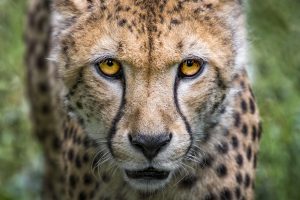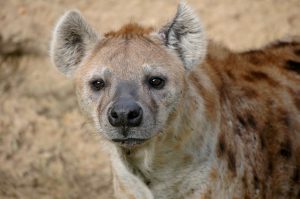Invited publication: Interdisciplinary approach on the evolution of grasping & manipulation
 As a result of the special symposium on „What an interdisciplinary approach can tell us about the evolution of grasping and manipulation“ organized by my colleagues Dr. Emanuelle Pouydebat and Dr. Ameline Bardo at the 7th meeting of the European Federation for Primatology (read more [here]), Emanuelle and Ameline approached the Biological Journal of the Linnean Society to publish a Special Issue. The journal features a number of highly interesting publications on the evolution of grasping and manipulation.
As a result of the special symposium on „What an interdisciplinary approach can tell us about the evolution of grasping and manipulation“ organized by my colleagues Dr. Emanuelle Pouydebat and Dr. Ameline Bardo at the 7th meeting of the European Federation for Primatology (read more [here]), Emanuelle and Ameline approached the Biological Journal of the Linnean Society to publish a Special Issue. The journal features a number of highly interesting publications on the evolution of grasping and manipulation.
In our publication (Böhmer et al. 2019 Biol J Linn Soc), we dissected the forelimbs of 18 carnivore taxa such as the fossa (Cryptoprocta ferox), the cheetah (Acinoyx jubatus), the hyaena (Hyaena hyaena), the kinkajou (Potos flavus), coati (Nasua nasua) and several mustelids. The quantitative analysis of the myology revealed that non-prehensile taxa differ in their muscle properties from poorly prehensile taxa and from intermediately to strongly prehensile taxa when taking into account variation in body size and phylogeny. This work is part of my project on the Form-function relationships in the limbs. The overall objective is to better understand the differences in the musculoskeletal adaptations of animals with different ecologies.
 |
 |
 |
You can get to the full table of contents of the Special Volume: [Here].
Böhmer C, Fabre AC, Taverne M, Herbin M, Peigné S, Herrel A. (2019) Functional relationship between myology and ecology in carnivores: do forelimb muscles reflect adaptations to prehension? Biological Journal of the Linnean Society. DOI: 10.1093/biolinnean/blz036
Leeuwen van T, Vanneste M, Kerkhof FD, D’Agostino P, Vanhoof MJM, Stevens JMG, Lenthe van HG, Vereecke EE (2018) Mobility and structural constraints of the bonobo trapeziumetacarpal joint Biological Journal of the Linnean Society DOI: 10.1093/biolinnean/bly162.
Peckre LR, Fabre AC, Hambuckers J, Wall CE, Socias-Martínez I, Pouydebat E. (2018) Food properties influence grasping strategies in strepsirrhines. Biological Journal of the Linnean Society DOI:10.1093/biolinnean/bly215.





Neueste Kommentare